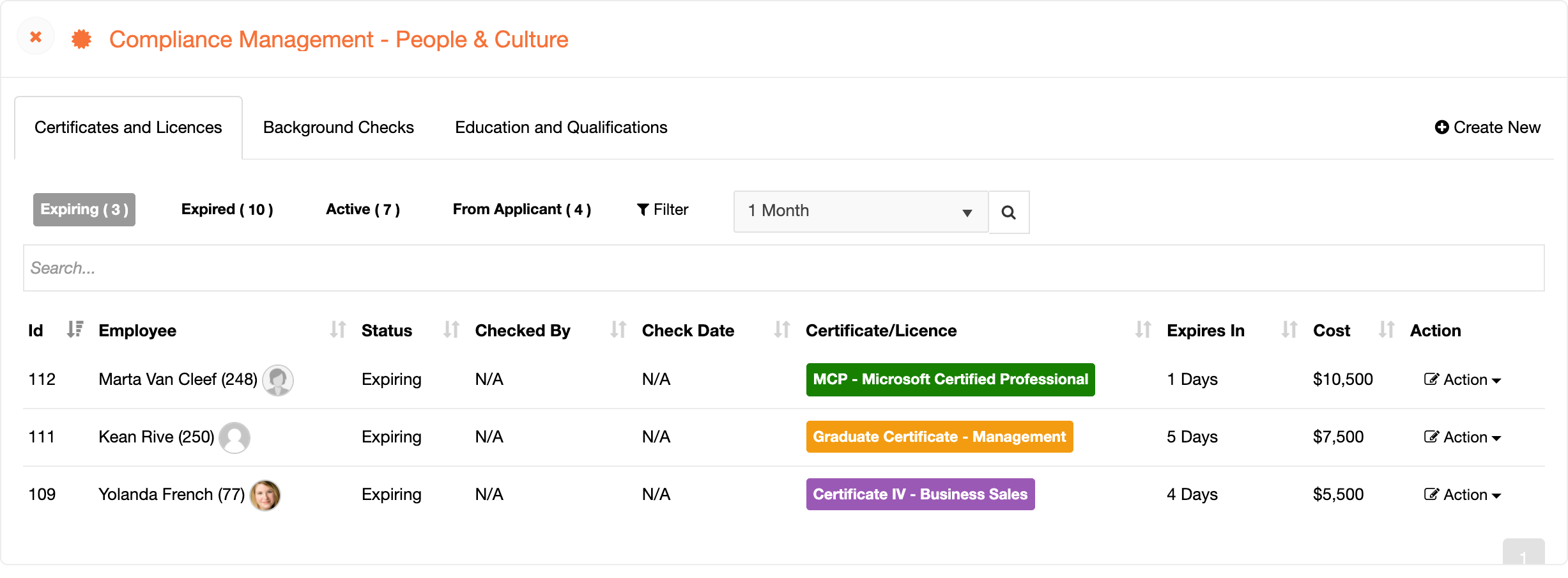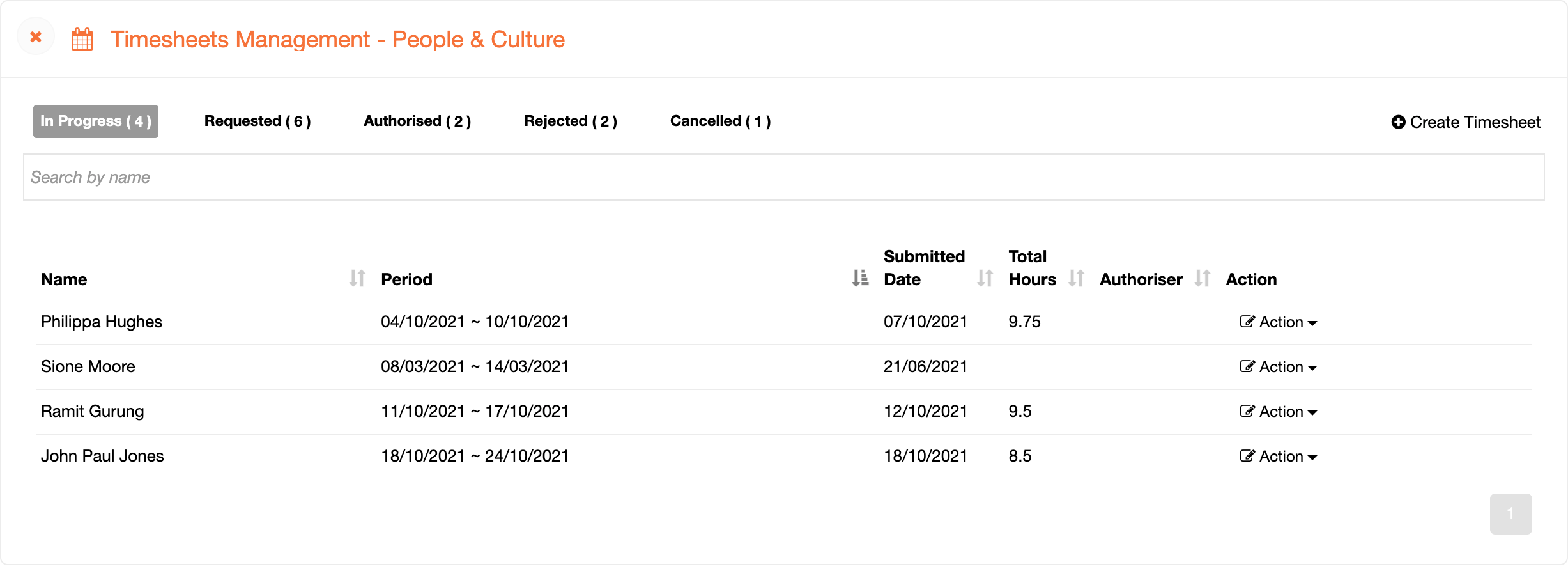Dashboards can improve the overall experience for users of your HR software - that is, your employees. But did you know they can also provide significant productivity benefits that extend well beyond what you might be aware of (or think is possible)? But how do you access the right data, at the right time, and deliver that data to your employees in the right way so as to have a positive impact on user experience and productivity?. Ultimately, it all comes down to configuration. Many HR systems lack the configuration tools which make it possible for users to configure the software to meet the unique needs of the organisation. That applies just as much to workflows as it does to dashboards. The more configurable your HR software and your HR dashboards are, the more productive your employees will be. Let's take a look at the impact UX can have on ROI through the lens of what HR dashboards make possible.
Poor UX = Diminished Productivity
Poor user experience diminishes a team's productivity every hour of every day and here's why according to User Experience architect, Jim Ross:
“The experience employees have with their tools can greatly impact their job satisfaction. Employees today spend a large part of their time using technology, such as software and web applications, to accomplish their work. Those systems can either be easy to use, efficient, and helpful in performing tasks; or they can be difficult to learn, cumbersome, inefficient, and unhelpful in accomplishing tasks.”
Designing a great HR dashboard user experience (UX) involves finding out exactly what the people using the system are trying to achieve and configuring the front-end dashboard experience to match. The process can be broadly summarised in three phases:
-
Share what people need: this is particularly relevant when it comes to dashboards - which enable you to create data visualisations that aggregate all your HR data points and present them in a meaningful way. Why? So that your employees have easy access to accurate, real-time data to enable faster decision-making and enhance productivity.
-
Choose a configurable interface: this applies to dashboards and to the system as a whole. You want to use a solution that gives you as much flexibility as possible. This will enable you to configure all the things you want to in a way that suits the unique blueprint of your organisation to create the most optimal user interface.
-
Ongoing improvement: change is our constant companion, at work and in life in general. As things around us change, your business needs to be agile enough to be able to pivot and change with it according to your needs. A good HR solution provides the tools (including HR dashboards) that make it easy for you to re-configure your dashboards and your software in line with the changes you make in your business.
Consider also, that a high-quality customer experience (CX) - and in the context of business productivity, your employees are your customers - is arguably the most effective way to drive high engagement and improve productivity. The HR software you provide to your team, whether through dashboards, wizards, widgets, Apps (or other types of functionality) are of vital importance. Why? Because the more access points you provide your employees to tailor the way your HR software works to meet the unique needs of your organisation, the more of a positive influence you can have over the user experience.

Why Do Dashboards Matter To Productivity?
If you want to encourage collaboration, break down silos and sustain your competitive edge, introducing HR dashboards can empower your teams. They make it easier to be decisive and cultivate ongoing improvements to culture across your entire business. Well-designed HR dashboards provide immediate access to your people data and translate it into relevant, visually-engaging formats. They enable data customisation and organisation to be clearly displayed for all employees. The visualisation of organisational, departmental or even individual KPIs, analytics and metrics can facilitate making well informed, data-driven decisions. And quickly.
How can HR (and other business intelligence dashboards) drive engagement and productivity? The list below outlines the main benefits that Lingaro Group lists as their top picks:
-
Timely access to information: Instead of wasting time to track down — or worse, speculate on — key data, employees receive performance metrics data whenever necessary.
-
Data-driven decision-making: This has become the norm, and dashboard tools keep executives up to date. Decisions made using accurate data have a more positive impact on sales forecasts, budget planning, employee bonuses and satisfaction, as well as enhancing customer experience.
-
Performance: Dashboards increase employee efficiency by eliminating time-wasting, trivial and redundant tasks such as compiling data from different sources.
-
Agility: Business intelligence and HR dashboards are also a time-saving tool which compels workers to focus their efforts and attention on finding innovative solutions. Agile and self-organising teams do not require to be told which task/s to take on.
-
Engagement: A clear objective and presentation of relevant data is a key factor behind the commitment to finish a project. HR dashboards might just tip team engagement over the threshold from failure to success.
-
Motivation: Many companies that successfully adopt dashboards for employee motivation display them prominently in the office. Having the company’s key data available in an easy to understand manner helps keep employees updated about the state of the company and may remind them to keep up the good work.
-
Achievements (or failures): Dashboards provide a reliable source of information about the tasks that teams are currently working on and which may need a helping hand to complete. They can also help you to identify discontent and unproductive employees. In this case your dashboards help managers and business leaders to see the company’s weakest links.
Why Business Intelligence is Key For Maintaining Competitive Advantage
Did you know that approximately half of all business professionals say that 'slow or untimely access to information is one of the most significant obstacles holding them and their organisations back'? To make matters worse, a lot of the data available to businesses is useless i the format it is normally presented in. The big lesson? When it comes to business intelligence, having smart data is more important than big data.
The statistics below are taken from an infographic created at Boston University and illustrate both the gaps in, and the importance of, generating business intelligence through tools like dashboards:
-
54% of business professionals say that business needs to be more analytics driven to remain competitive (and that was prior to 2020).
-
30% of mid-sized businesses say reporting analysis is the #1 business analytics capability they are interested in.
-
59% of CFOs chose facilitating analysis and decision-making as the #1 process area that needed technology investment (which things like business intelligence and HR dashboards can address).
-
24% of mid-sized businesses say faster time-to-insight is what they want to achieve the most by implementing business analytics.
-
47% of businesses report dealing with slow or untimely access to data and information, impeding their ability to make decisions (which could be improved with better business intel).
-
Only 22% of mid-sized organisations report having access to the budgeting, planning and forecasting capabilities they need.
-
50% of CFOs choose ongoing monitoring of business performance as a top target area for investment.
Perhaps the most important finding from this data is that business intelligence is a smart investment when downturns and tight budgets impose challenges on company performance.

Find the Right HR Dashboard Software for Your Business
For all of the reasons mentioned above and more, a good HR dashboard is an invaluable tool for doing business well, particularly in uncertain times. Now more than ever, organisations big and small need to be able to see, understand, share, and act on their workforce data in real time. Both as a means to ensure the long-term viability of the business and for the purpose of maintaining employee well-being and engagement in times of change. If your company has difficulty analysing performance or identifying which aspects of day-to-day operations you need to flex to stay ahead of the change curve, then you need tools to help you extract and analyse all the relevant data points in your business in real-time.
Using HR software that includes dashboards you can configure to match the unique fingerprint of your business takes the guess-work (and the stress) out of the type of decision-making needed in an uncertain business environment. Dashboards can help you uncover and illustrate the meaningful stories inside your data so that this can be communicated and acted upon in a timely manner by leadership.
Business performance dashboards allow you to:
-
Record and analyse results;
-
Set measurable goals;
-
Communicate awareness for and about improvement; and
-
Mobilise your team and sustain continuous effort to enhance productivity
Key Ingredients For HR Dashboards That Drive Productivity
Providing accurate reporting on your business operations and employee performance is one of HR’s essential functions. When developed correctly, reporting and dashboards provide three key benefits for both HR, management and leadership:
-
Ongoing assessment: Dashboards enable HR to keep a finger on the pulse of the business by tracking key workforce metrics in real time. New trends and opportunities can be spotted early on and emerging problems can be addressed before they significantly impact the business.
-
Management insight: An HR report can help managers make better choices. A well designed HR dashboard visualises that HR data and informs managers about relevant developments in their teams and department. When, for example, the marketing department struggles with high turnover and a long time-to-hire, managers will be more likely to put emphasis on retaining employees and will be aware of risks like longer replacement times when someone is about to leave.
-
Identify and observe problem areas: Real-time dashboards also provide a great way to track key problem areas in a transparent way. Transparency in turnover rates per manager will encourage them to pay closer attention to retaining employees because their own reputation is on the line. By tracking problem areas, HR can leverage its position to drive improvements.
Dashboard Design - How To Present Your Most Important KPIs
When designed well, HR dashboards give you a clear, fast, accurate picture of how your business is performing on your KPIs and other HR metrics. Your HR dashboard lets you know whether your organisation needs work or if it is running at peak performance.
Great HR dashboard design that will enhance productivity incorporates the following:
-
Alignment to best practices regarding visual presentation of information: Less is more, so forget about the window dressing. Dashboards in cars offer great design protocol examples. A good benchmark is to include no more than seven objects on any dashboard.
-
A repository of current snapshots and historical trends: Using the metrics you have identified as being those most important to your business, align a few relevant KPIs against each metric and you will be able to quickly ascertain progress gained, what has worked in the past, and what will need to happen to achieve your goals in the future.
-
Easy to understand: It is essential to gather and group data logically by displaying metrics and KPIs using a visualisation format that can be grasped in a glance.
-
Easy to customise and update: Because your organisation will always evolve, make sure you select a dashboard solution that integrates with your current systems / digital ecosystem and can be customised to meet the evolving needs of your business.
Of course, there's much more to HR dashboards than the brief outline above. Do you need #HRtech that includes configurable HR dashboards in your business, but don't know where to start? We've created this free eGuide: Productive HR Reporting & HR Dashboard Design.


